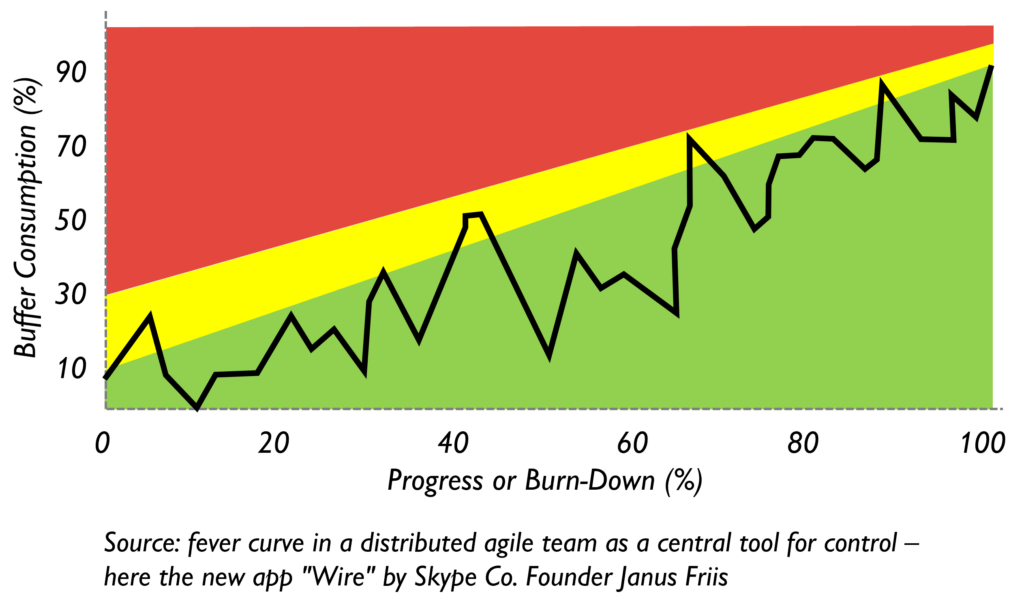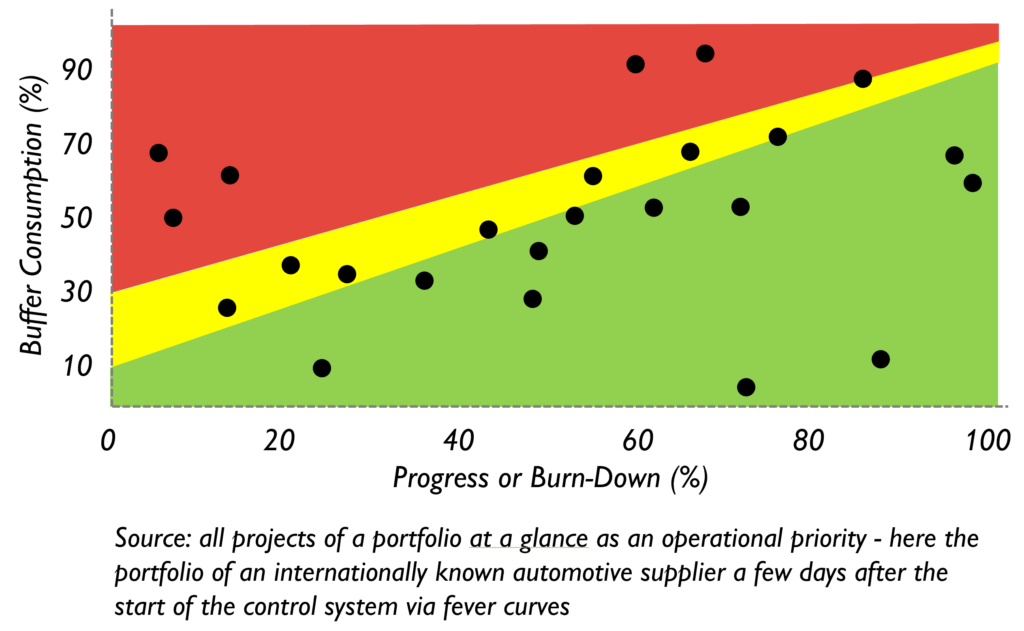Self-organization as the key to rapid change and agile organizations
The self-made trick or: the Champions League for change projects
Digitization is more than just technology. Rather, the organization must also be able to think digitization. For many, this is tantamount to a real, deep cultural change! One with the best prospects for the future, but a culture shift usually feels time-consuming and protracted. Always these resistances …! Or? But what would be, if the organization would simply rebuild itself? What if it wasn’t up to the people? What if everything was already in place and only needed to be activated? What helps is the ‘trick’ with self-organization!
Index
The scientific view of self-organization
Self-organization is one of those colloquial terms that everyone understands immediately. Unfortunately, everyone understands it differently. To avoid misunderstandings, a short scientific description:
At its core, self-organization is about how open systems, consisting of autonomous subsystems, exhibit new properties in leaps and bounds.
Open systems thereby encompass all kinds of organizations into which some input is put and (hopefully) something great comes out. Because all organizations are made up of people who are autonomous – that is, do what they want for now – self-organization ultimately simply describes what has to happen for any organization to reorganize itself easily and quickly and ‘hopefully better’. Exactly what we want …
Let’s ask self-organization: How do organizations change quickly?
There are only two things that need to happen for organizations to change quickly and change themselves:
- The organization must be given the freedom/space to change and
- there has to be a signal that makes enough sense for everyone to stick to it.
Pretty abstract? But it works quite simply:
#1 Free up capacity!
Without free capacity, you can forget about any kind of change. An organization that wants to change itself must therefore have free capacity – but where to take it from, if not steal it? More on this in the twin article “The success factor for rapid digitization“. Very few organizations know how much capacity they are actually giving away on a daily basis with multitasking and other craziness. If you know the bottleneck and manage it properly, it’s easy to do 30 to 50% (and often even more) more – without pressure and without additional costs. So the capacity is there, it just needs to be lifted. Thus, requirement #1 is fulfilled.
#2 The signal that makes sense!
When no one is overloaded anymore, it must be clear what is urgent at the moment. But not subjectively urgent, but objective and fair, so that no one can feel overcharged.
Here, too, there is a universal trick – something very simple:
It’s almost like braking at a traffic light. We’re driving toward a red light, we have a rough idea of how far it is and how hard we need to brake. If the distance is decreasing faster than we are braking, it is not good and we have to brake harder. If we brake faster than the distance decreases, everything is fine. Maybe the buffer even allows us to let off the brakes a little. So we form a ratio of (braking) progress to distance (buffer) in our head – and depending on this, we control specifically.
This principle can be applied very well to projects, initiatives or tasks – agile or classic. You make a rough plan and take out a part of the time reserve from each task to put it at the end – in a buffer. Every day you observe and evaluate the progress and thus how you are progressing on the critical chain of tasks. And because not everything goes smoothly every day, some buffer is always lost. If more buffer is consumed than progress is generated? Then it’s a matter of being creative and investing all attention and support. If progress is made faster than the buffer is consumed, all is well and, if necessary, you can help others (projects, departments, colleagues) who have run into difficulties.
The great thing is that this principle is so simple and universal that it always works. In projects, but also for agile releases – actually everywhere where progress and buffer consumption are measurable.

By making buffer consumption and progress visible to everyone, everyone has the same information and can immediately see which tasks, process steps, or projects are currently most out of whack.

And of course it makes perfect sense to help the others in trouble – or else where will the help come from when your own tasks go awry?!
What is special about self-organization?
You probably thought: “Yes, it makes sense to relieve the organization, it’s logical, I know it …”. You probably also thought: “Yes, the progress and buffer consumption is clear. If my project is ‘red’ and someone helps me, then I’ll also help if I’m ‘green’. Makes sense, we’re a company after all, and we’re only successful in digitization if all projects are completed well and on time …”
And that’s exactly the trick with self-organization! It’s so simple, and everyone knows it from their private lives. You don’t have to explain anything to anyone – you can just do it right away!
Why doesn’t everyone do this?
Self-organization only works if you do both – free up capacity and send a signal – almost simultaneously. There should only be a few days or weeks between the release of the organization and the daily signal. Otherwise, the old system takes over again – and that’s it.
In addition, everyone involved must be able to recognize the signal and absolutely stick to it. If not, then yes, the signal simply makes no sense.
Self-organization is the Champions League of Changes
After a good 20 years of experience with self-organized change, I can say with conviction that there is nothing faster or better. Organizations that I have supported with my teams report that two to five times more projects or assignments are delivered in less time with the same resources. At the same time, the change often takes only a few weeks and is driven by the team itself.
Of course, the trick of self-organization is not magic. Anyone can do it, but – like a good soccer game – it takes preparation. And the team has to be behind it: It needs a plan quickly and good buy-in. More on this in the twin article “Help we need a plan!“.
A self-organizing company reinvents itself again and again – quite incidentally
Every time a problem arises in a project, it turns ‘red’, everyone has the indication that action is needed. The first thing to do is to save the project – sure. But after a while, you recognize patterns: where does it hang over and over again?
If you as a manager now manage to implement solutions across departments, an organization develops in which departments, roles and structures are of little importance. An organization that is constantly reinventing itself and adapting to the realities of the market and the customers. Or, in short: nothing other than a digital network organization.

Comments are closed.